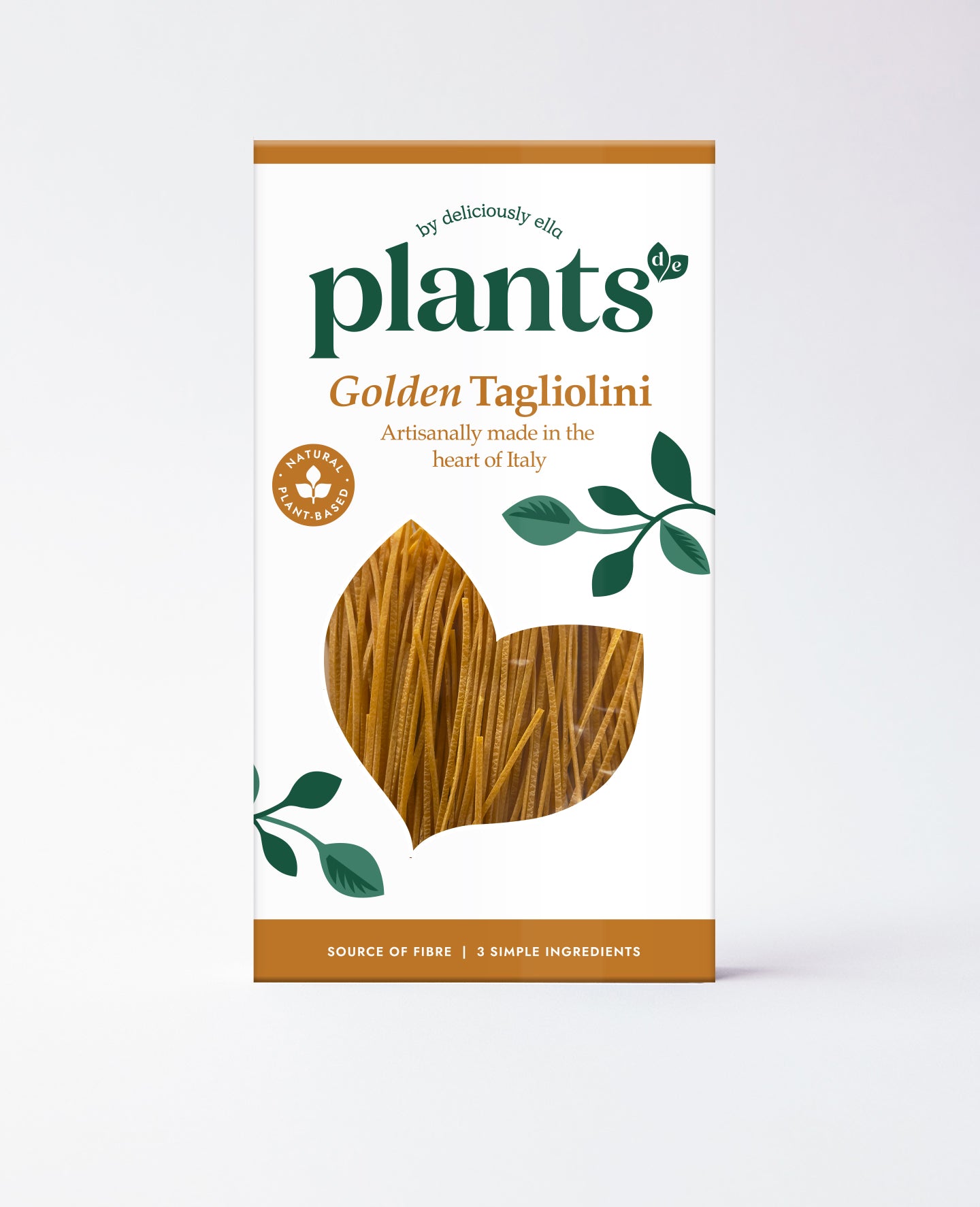In today’s busy world, it’s very easy to slip into unhealthy eating habits. Whether that’s due to a hectic schedule, stress or simply feeling stuck in a cooking rut, we’ve all been there. The good news is that hitting the reset button and getting back to healthier habits is easier than you think. We're sharing seven simple, effective ways to get back on track and rekindle your love for nourishing, delicious food:
1. Cook from scratch
Preparing home-cooked meals is one of the easiest ways to get back into a healthy eating routine. Scientific research also supports the idea that home cooking may reduce anxiety, improve self-esteem and overall wellbeing. It doesn’t have to be complicated. In fact, it should be simple. One-pot meals or traybake dinners are quick and easy solutions that require little effort or skill but are totally satisfying.
Cooking from scratch gives you control over your diet and means that you will be eating fresh, nutritious wholefoods that are as close to how nature delivered them as possible. You can easily add wholegrains for extra fibre, more beans or tofu for additional protein and extra veggies.
2. Make a meal plan
By planning out your meals at the start of the week, you will find that you shop for exactly what you need, saving you money, time and a whole lot of stress (no more last-minute decisions about what to cook). It also means that you can focus on eating a nutritionally varied diet as you plan out a full week of delicious meals, instead of turning to takeaways or ultra-processed options.
When it comes to making your plan and sticking to it, choose food that you enjoy. Make sure to stock your cupboards with the essentials (think soy sauce, Dijon mustard, olive oil, spices, chopped tomatoes, lentils and beans) and do a weekly stock take of what you already have in the fridge, freezer or cupboards.
Think about your busiest days and plan to have simple meals or leftovers to make life easier. Follow the mantra of ‘cook once, eat twice’, where you revamp leftovers from the night before for a healthy packed lunch. Remember that your plan is flexible, sometimes life gets in the way, so meals can easily be moved around.
3. Prep like a pro
Once you have your plan, prepping ahead will ensure that you have nutritious meals on the table in no time. Set aside some time to batch cook meals, then store in the fridge or freezer for later in the week — curries, stews, chilli’s and soups are great options. For healthy breakfasts, prep-ahead timesavers such as overnight oats, granola, muffins or (un-blitzed) smoothie ingredients can be kept in the fridge or cupboard, ready to go.
Cook double batches of main meals when you can and portion out leftovers for easy lunches. Individual ingredients can also be chopped, sliced or roasted ahead of time to help you stay on top of healthy eating throughout the week. Make sure to stock up on reusable airtight food containers.
4. Choose a nutritious breakfast
A healthy breakfast can set the foundations for your day ahead by providing essential nutrition and energy. Many traditional breakfast options are not typically nutritionally balanced (we’re looking at you, croissants!); they’re relatively low in protein and high in refined carbohydrates, so may set you off on a blood sugar rollercoaster, making you more likely to reach for unhealthy snacks mid-afternoon. Instead, use breakfast as an opportunity to include a variety of fruit, vegetables, wholegrains and some protein (nuts, seeds, nut butters, tofu scramble) for nutritional balance as this will help you to feel full and keep blood sugar levels stable. Research has shown that having a high protein breakfast is linked to increased satiety and reduced hunger throughout the day.
5. Focus on balance & variety
One of the key ways to get back on track in terms of healthy eating is to ensure you’re fuelling your body with nutritious, balanced meals that leave you feeling satisfied, full of energy and thriving. Building a healthy plate includes combining protein, complex carbohydrates, healthy fats and fibre: aim for around ¼ plate of high-protein foods (lentils, beans, chickpeas, tofu, tempeh quinoa); ¼ plate of starchy complex carbohydrates (brown rice, wholewheat pasta, sweet potatoes, oats); ½ plate of non-starchy vegetables (broccoli, spinach, kale, peppers, mushrooms) and a small amount of healthy fats (a dessertspoon of olive oil).
Of course, it isn’t essential to achieve this balance at every meal as not everything we eat will fit this guide, but it’s just that, a guide. It’s equally important to include a wide variety of different coloured fruit and vegetables, as this will maximise your intake of different vitamins, minerals, fibre and beneficial antioxidants and phytonutrients.
6. Find an abundant mindset
Healthy eating shouldn’t be about rigid rules and restrictions; there’s no ‘good’ or ‘bad’ food; it’s about adding in an abundance of foods packed with nutrients, fibre, colour and flavour. Creating a flexible healthy eating routine that takes a positive 80:20 approach (where you make healthy choices 80% of the time) is a more balanced way of thinking, rather than a diet that is unsustainable and will only make you feel guilty. Remember that making small, gradual changes is key for creating a long-term routine that sticks.
7. Make it fun
The final tip for getting back into a healthy eating routine this September is to find out what works for you and have fun with it. Ultimately for anything to be sustainable in the long run, it has to be enjoyable, which means your meals have to be delicious. Why not start with introducing positive breakfast habits and then progress to batch cooking and prep ahead for a few meals a week? Before long it will feel like second nature. Prioritise healthy eating by focusing on quick wins and aspects that you can control — after all, food is more than just ingredients, it’s enjoyment and a chance to connect to others.

















